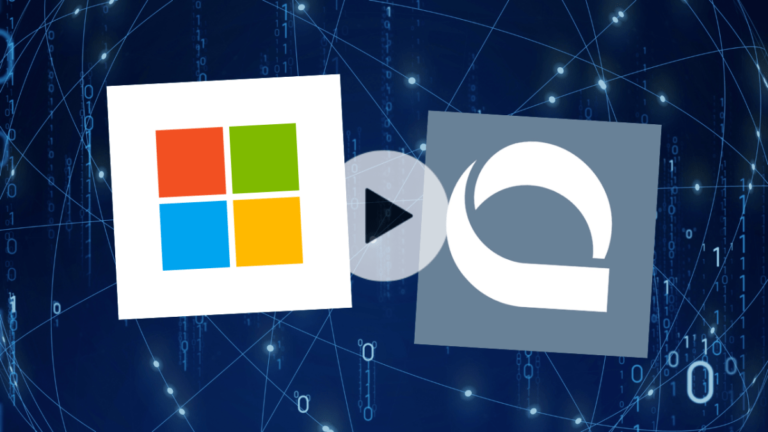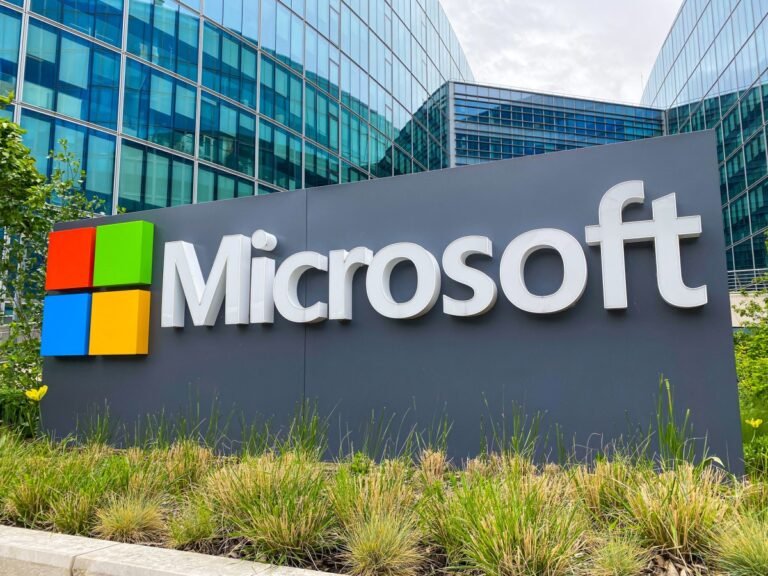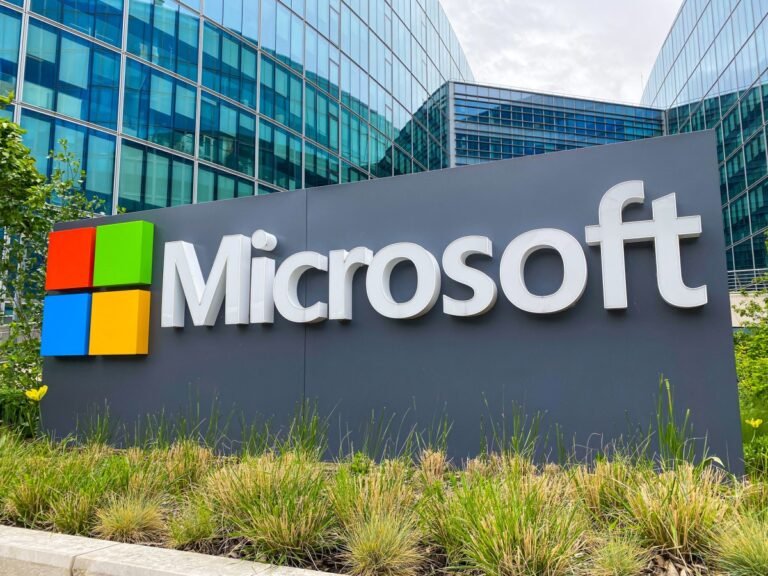
The tech world is incredibly focused on AI and its applications today, but artificial intelligence is hardly the only place where progress is being made.
If you want to get really into the weeds, pay attention to the progress that quantum computing is making, as made evident recently by an announcement from Microsoft and Quantinuum.
The pair of companies made what TechCrunch described as a “major breakthrough in quantum error correction,” which could make quantum computing systems far more usable than before.
The gist is that they encoded several physical qubits into a single logical qubit, which made it easier to detect and correct errors.
The error rate in quantum computing is a material issue to the technology’s performance, making the news that the two companies managed “run more than 14,000 experiments without a single error” pretty big news.

Microsoft and Quantinuum today announced a major breakthrough in quantum error correction.
This new system also allowed the team to check the logical qubits and correct any errors it encountered without destroying the logical qubits.
This, the two companies say, has now moved the state-of-the-art of quantum computing out of what has typically been dubbed the era of Noisy Intermediate Scale Quantum (NISQ) computers.
The physical qubits are entangled together so that it becomes possible to detect an error in a physical qubit and fix it.
Now, Microsoft and Quantinuum argue that their new hardware/software system demonstrates the largest gap between physical and logical error rates, improving on using only physical qubits by up to 800x.

Rails, a decentralized crypto exchange, has raised $6.2 million in attempts to fill the void FTX left behind after crashing in 2022, the startup’s co-founder and CEO Satraj Bambra exclusively told TechCrunch.
The crypto community is watching Rails because it’s attempting to straddle the divide in crypto exchanges by building out both centralized and decentralized underlying technology.
The capital is earmarked for engineering team hiring and expanding its licensing and regulatory strategy to make the exchange “fully compliant,” Bambra said.
That centralized computing was something Rails saw with FTX as “being really, really good,” but when it came to decentralized exchanges like dYdX that exist today it wasn’t as solid, Bambra thinks.
But being a hybrid of decentralized and centralized is better than being fully one side or another, he added.

Today, KKR added to that growing total when it announced it was going to acquire Broadcom’s end user computing business for $4 billion.
These pieces include VMware Workspace One and VMware Horizon, two remote desktop applications that had been part of the VMware family of products.
Almost immediately, Broadcom began slashing costs, starting with laying off over 2000 VMware employees, just a week after the deal was official.
KKR managing director Bradley Brown still sees a lot of room for growth moving forward to build out the EUC (end user computing) division into a vibrant stand-alone business.
One interesting aspect of this deal is that KKR intends to implement an employee ownership program, giving employees a chance to own equity in the new company alongside KKR.

The electric field approach minimizes the movement of electrons at the chip level, reducing energy usage — and heat.
TOPS/W is a bit of a vague metric, but the takeaway is that memcapacitors can lead to dramatic energy consumption reductions while training AI models.
Now, it’s early days for Semron, which Kirschen says is in the “pre-product” stage and has “negligible” revenue to show for it.
EnCharge, like Semron, is designing computer chips that use capacitors rather than transistors, but using a different substrate architecture.
Semron will be a key element in solving this problem by providing a revolutionary new chip that is inherently specialized on computing AI models.

Apple’s Vision Pro launch resembles its Apple Watch debut in more ways than one, but to me the most telling similarity is in the marketing approach.
The company took the same approach with the Apple Watch, which like its face computer cousin, was more or less a solution in search of a problem when it originally debuted.
But the iPhone debuted with a much more focused, and much more accurate idea of what it would become for users than the Apple Watch did.
The Vision Pro, I’d argue, is even more adrift from how and why people will come to appreciate it.
It’s terrible at a lot of other things – chief among them being the next big thing in the vein of personal computing or mobile.

Sandbox AQ, the AI and quantum firm spun out of Google parent company Alphabet in 2022, has acquired Good Chemistry, a Vancouver-based quantum and computational chemistry startup, for an undisclosed sum.
Good Chemistry’s platform lets chemistry developers build chemical simulation apps and workflows using algorithms in quantum chemistry and machine learning as well as quantum computing.
“[Tapping] the broader Sandbox AQ reach and domain expertise will supercharge the capabilities of our platform.”As part of the acquisition, Sandbox AQ says that it’ll integrate Good Chemistry’s software, Qemist Cloud and Tangelo, into its enterprise software portfolio.
Qemist lets user take advantage of quantum chemistry through simulation, while Tangelo allows them to conduct chemistry experiments across quantum cloud providers and hardware devices.
Good Chemistry is Sandbox’s second acquisition.

Now, before you get too excited about the “quantum” part of “Azure Quantum Elements” (and why wouldn’t you — it’s in the name, after all), let’s get this out of the way first: No quantum computer was used in this project.
Azure Quantum Elements, which launched last summer, combines AI and traditional high-performance computing (HPC) techniques into what is essentially a workbench for scientific computing, with the promise of providing access to Microsoft’s quantum supercomputer in the future.
Krysta Svore, who leads Microsoft Quantum, told me that the overall idea here was to see how far the team could push what is currently available in Azure Quantum Elements (AQE) — and especially the AI accelerator — to advance materials discovery.
After that, the researchers used existing HPC techniques to identify those 18 promising candidates to focus on.
And while the quantum computing community continues to push the state of the art ahead at a steady pace, we’re still at least a few years away from seeing a quantum computer that is actually useful.

Microsoft today announced that it has worked with the U.S. Department of Energy’s Pacific Northwest National Laboratory (PNNL) to use its Azure Quantum Elements service to whittle down millions of potential new battery materials to only a few — with one of them now in the prototype stage.
Now, before you get too excited about the ‘quantum’ part of ‘Azure Quantum Elements’ (and why wouldn’t you — it’s in the name, after all), let’s get this out of the way first: no quantum computer was used in this project.
Azure Quantum Elements, which launched last summer, combines AI and traditional high-performance computing (HPC) techniques into what is essentially a workbench for scientific computing, with the promise of providing access to Microsoft’s quantum supercomputer in the future.
Krysta Svore, who leads Microsoft Quantum, told me that the overall idea here was to see how far the team could push what is currently available in Azure Quantum Elements (AQE) — and especially the AI accelerator — to advance materials discovery.
And while the quantum computing community continues to push the state of the art ahead at a steady pace, we’re still at least a few years away from seeing a quantum computer that is actually useful.

Apple’s Vision Pro headset is set to finally launch in the U.S. on February 2, at a retail price of $3,499.
Apple originally announced Vision Pro last June at its annual developer event, and it’s been teasing out hands-on time to select media, influencers and developers in an extended hype and ecosystem preparation event ever since.
The big question remains, will Apple Vision Pro meaningfully move the needle on immersive computing – or will it be yet another splashy launch for a VR/AR/MR product that fails to change the status quo?
Based on the handful of first-hand accounts available, one thing seems clear about Apple Vision Pro: No one’s doubting its quality or capabilities.
Curiously, much of what Apple pitched with the Vision Pro launch focused on things you already do all the time on your other devices, including your iPhone, Mac and iPad.













